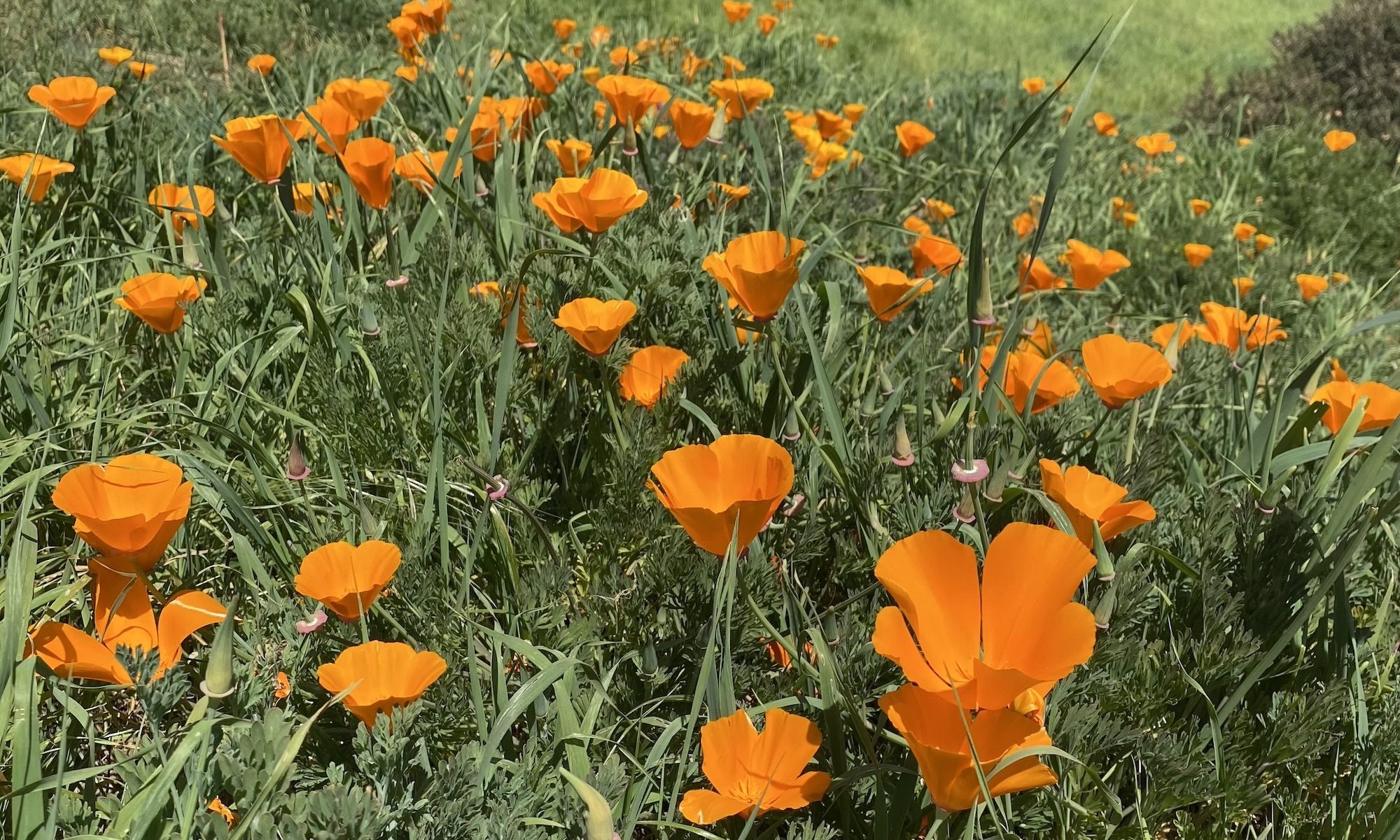This is the first post in a series that i’m calling “From the BiLOLOogy archives.” BioLOLogy was a blog that I created in grad school. My intention was to explain papers and lab life through comics. I won’t re-post everything from BiLOLogy, but this series will feature a few pieces I still like. Enjoy!

This post was originally published in October 2014 (my fourth year of graduate school).
The idea for this comic came from a night when a friend of mine drove me to lab so I could do something “really quickly” (nothing ever takes as long as you think it will in a lab).
As you can see in the comic, that night I was doing something biology researchers do all the time. I was taking bacteria that were resistant to a particular antibiotic and putting them on plates containing the antibiotic in addition to some food. In this case, the point of the antibiotic was to make it so only my bacteria could grow on the plate. The antibiotic killed other bacteria, but did not kill the bacteria I was studying because they were resistant to it.
This whole process consisted of little more than putting a bunch of clear liquid onto a plate and spreading that liquid all over the plate. On the face of it, as my friend comments in the comic (and did in real life), it seems like a very uninteresting process. However, this is true of a lot of the experiments I do. Most of my days consist of the following:
1. Mixing different clear liquids together
2. Putting white powders into those liquids
3. Adding slightly more opaque liquids containing bacteria to the clear liquids
4. Putting these mixtures into machines that shake, heat, or cool them. Usually this makes the liquids more opaque
5. Putting these mixtures into machines connected to computers and watching the computers spit out numbers
6. Destroying all the bacteria by mixing them with yet another clear liquid (bleach)
On the face of it, this could be very boring, but I certainly don’t think about it that way… if I did, I would probably quit. Instead, I spend my days thinking about all the things going on that I can’t see.
As you can see in the comic, when they are thrown onto the plate, the bacteria spend their energy destroying the antibiotic (or at least producing proteins that make them immune to it) and growing into colonies with MANY MANY individual cells (the cities in the comic). I then come along and subject the bacteria to a bunch of tests that determine things like how fast they can grow, what molecules they can produce, and how those molecules can be used. While I can only see these things through a bunch of numbers on my computer, they’re still awesome to think about!









 #1
#1

 #4
#4 #5
#5

